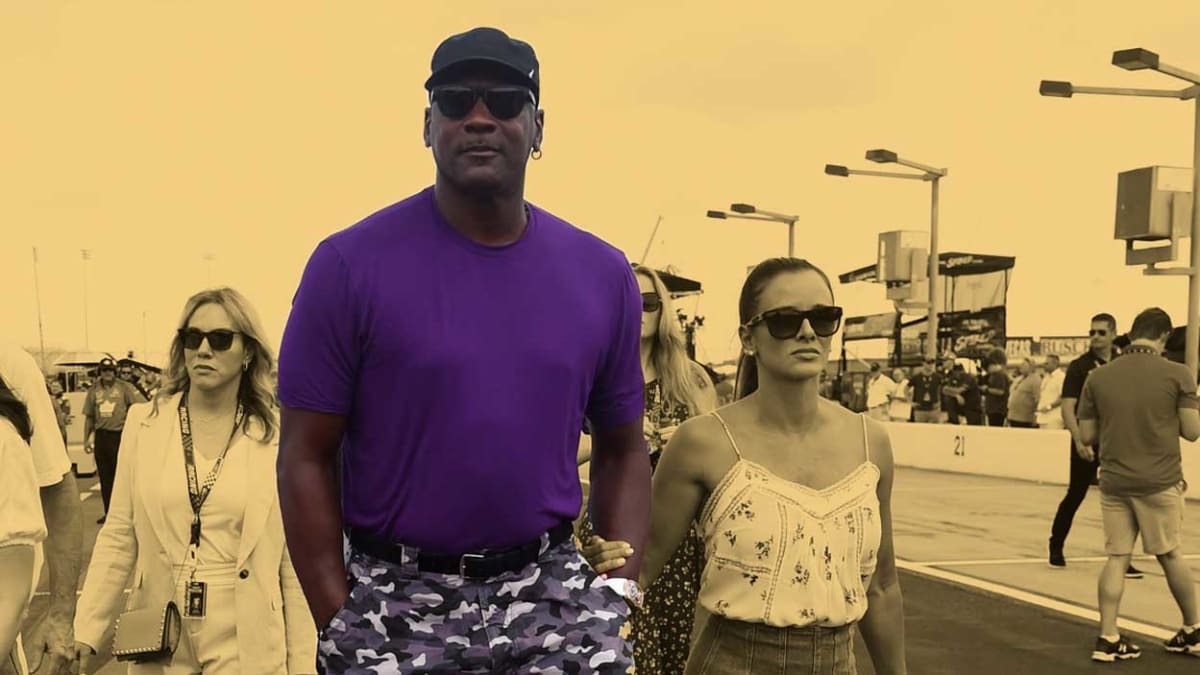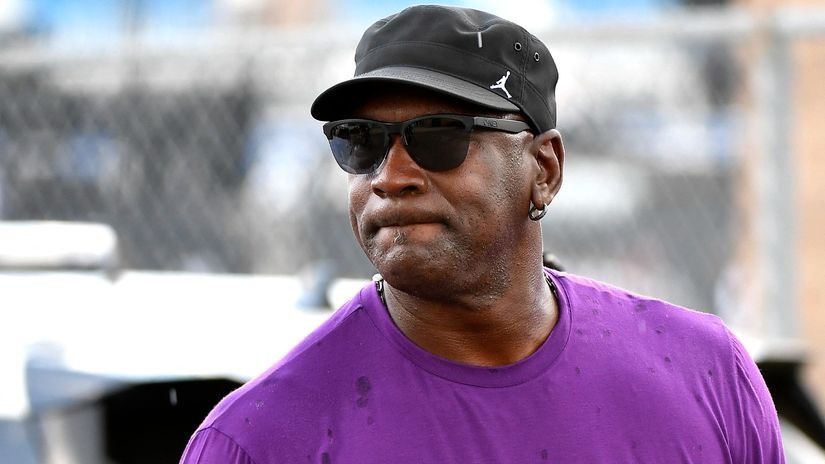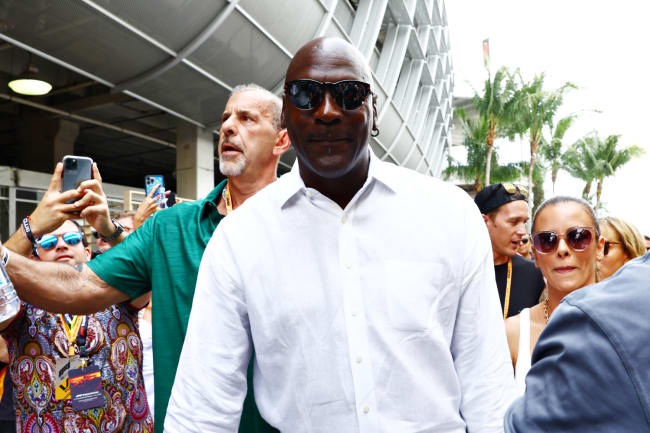In the 90s, Michael Jordan excelled not only in basketball but also as a brand ambassador with significant endorsement deals. ‘His Airness’ became a global sensation, and naturally, more companies gradually sought to capitalize on his fame. However, this presented challenges for MJ and his collaboration partners, as discussed in the context of Nike’s 1992 promotional tour in Europe.
“Right now, I don’t have the time to be with my family, so I’m looking to scale back. I’m happy with what I have. I’m not trying to be the wealthiest athlete in the world. It might look that way, but I’m not,” remarked MJ, per the L.A. Times.

Prior struggles with image and marketing
The global hype surrounding basketball’s biggest stars, with MJ naturally being the standout, marked a significant shift. In the early 1980s, the NBA faced significant scrutiny due to drug-related incidents involving multiple players.
In fact, one former Lakers player (who wished to remain anonymous) revealed to the L.A. Times that back then, companies perceived players as “cocaine addicts,” leading to their feeling of being “invisible” and being overlooked for marketing opportunities. Even when players did manage to secure deals, regardless of their on-court performance, they were often left with “only a few crumbs from a shoe deal,” he remarked.

Only when then-commissioner David Stern took office and implemented measures to eradicate the use of drugs in the NBA, as reported in-depth, did the league’s image undergo a significant transformation, leading to players securing more marketing deals.
This shift naturally affected the Chicago Bulls superstar. Since 1985, MJ has achieved unprecedented success collaborating with Nike on his Air Jordan sneaker line. Following this, the numerous All-Stars secured more lucrative deals with brands like Wheaties, McDonald’s, and Gatorade.
MJ’s advertising dilemma
However, Jordan became the face of numerous advertising campaigns not only exhausted him but sometimes raised concerns about overexposure, which refers to excessive promotion that can diminish an individual’s impact and exclusivity.

“This lessens credibility. There’s a definite danger now that Jordan is becoming overexposed,” one ad consultant named Martin Blackman remarked.
Another former Nike official echoed similar sentiments, saying, “all his damn endorsements. That overexposure, the constant selling, have really ruffled the feathers of top officials.” This official also highlighted the concept of ‘conflict of interest,’ noting Jordan’s endorsement of competing brands or products, stating, “Nike isn’t too happy with Michael’s pitching Hanes underwear.”

In response, Jordan, a two-time MVP at that time, simply shared, “If Nike wants me exclusively, then I’ll have to be paid more money.”
He also refused to be a puppet for his advertising partners. When MJ still hadn’t responded to participating in the 1992 Olympics, sponsors were on edge, as it would have impacted their international exposure. However, when Jordan ultimately made his commitment, he emphasized that it was solely his decision.
In conclusion, MJ’s commercial endeavors were a double-edged sword. It brought great success and opportunities for him and his partners but also came with pressure and challenges. However, it certainly has paid off. Nowadays, ‘His Airness’ reportedly holds an impressive net worth of 3 billion dollars.